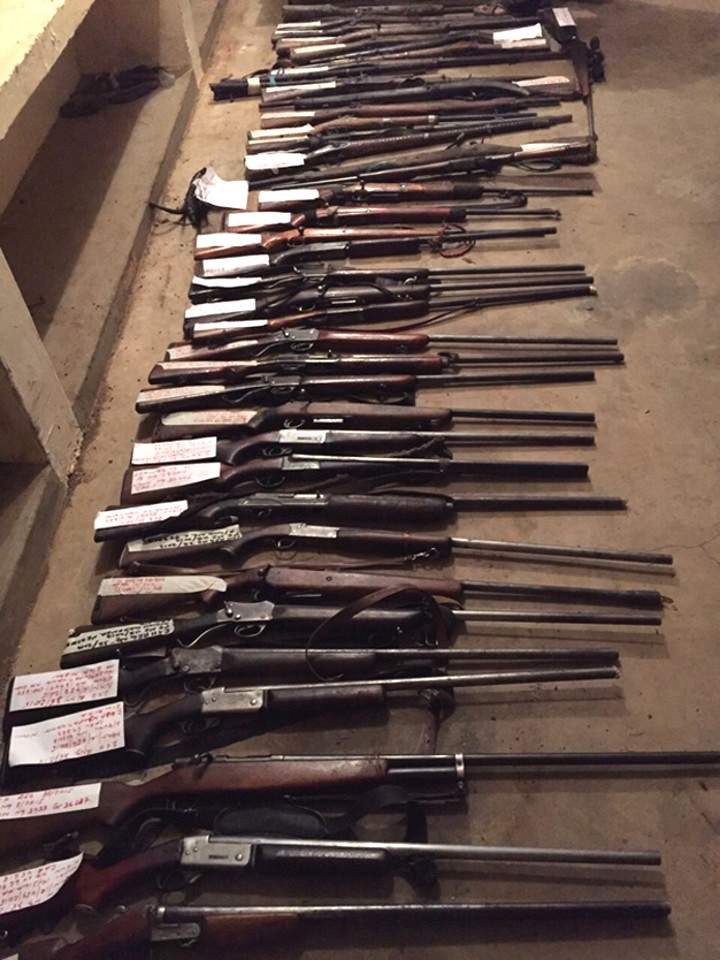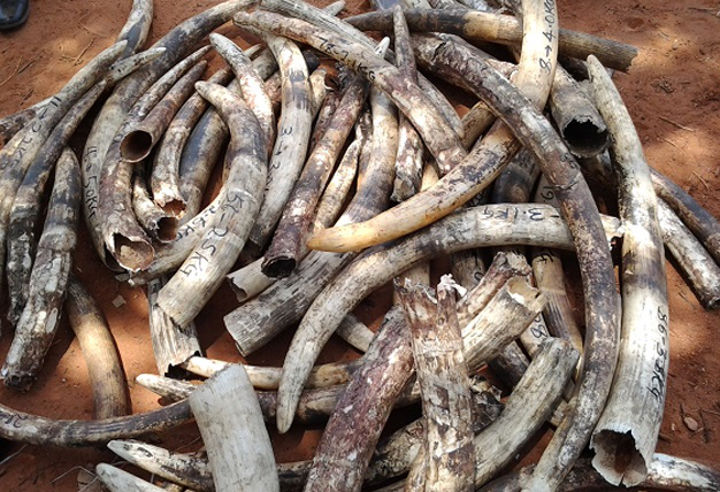Arusha, June 15, 2016 – The illegal wildlife trade has serious global security implications and is one of the world’s most profitable criminal activities, valued at an estimated $10 to $23 billion per year. How can a global crisis of this magnitude be immobilised?
The legal wildlife trade market is an estimated 14 times the size of the illegal market, providing loopholes in the system. TRAFFIC estimates the value of legal wildlife products imported globally in 2009 was over $323 billion.
According to researchers from Princeton University and the University of California-Berkeley, the effects of the legal ivory stockpile sales in 2008 actually expanded the black market for ivory by 66% and led to the slaughter of an estimated 100,000 elephants from 2011 to 2014. The presence of legal ivory in the market made it easier to “masquerade” concealed illegal ivory.
UN Development Programme (UNDP) Administrator, Helen Clark, has warned that vulnerable and endangered species are being pushed toward extinction as the illicit trade is also fuelling corruption and conflict, destroying lives, and deepening poverty and inequality.
PAMS Foundation
Based in Tanzania, Protected Area Management Solutions (PAMS Foundation) have revolutionized conventional anti-poaching tactics that were clearly failing and notched up remarkable achievements. PAMS director Wayne Lotter believes, “a well informed and fully integrated multi-agency approach is the only sensible way to wage a war and expect to be able to win it.”
They partner with the National and Transnational Serious Crimes Investigation Unit (NTSCIU), Tanzania’s Elite Task Force that leads intelligence-led operations targeting buyers and high level traders in urban areas, followed by thorough and professional case preparation and prosecution.
The strategy is paying off. In 2015 alone, almost 700 poachers were arrested, the top 3 ivory traders were put behind bars, including the “Queen of Ivory”, Yang Feng Glan, and notorious elephant poacher Boniface Matthew Mariango. 168 suspects were prosecuted (41 receiving prison sentences of 16 years or longer) and 143 firearms and 26 vehicles transporting ivory were seized.
Mariango is referred to by law enforcement officials as “Shetani” or “The Devil” and is considered to be the most prolific elephant poacher and ivory trafficker in East Africa and has managed over 15 poaching syndicates that have been operating throughout Tanzania, Burundi, Zambia, Mozambique and southern Kenya with impunity for years.
Wildcat are the principal donor of PAMS Foundation and the NTSCIU and were the first benefactor to finance the intelligence-led elephant protection work in Tanzania. Other countries and NGO’s need to support the replication of this strategy, combined with increased focus on legal process.
South Africa’s Dr Kobus du Toit, a rhino expert, wildlife veterinarian and biologist, says incompetence and corruption are the pressing issues, “The Kruger system needs to be cleaned up by intelligence experts from outside. The rhino horn must be removed from the smuggling basket that involves drugs, human trafficking, cigarettes, weapons and alcohol.”
UN Development Programme (UNDP) Administrator, Helen Clark, has warned that vulnerable and endangered species are being pushed toward extinction as the illicit trade is also fuelling corruption and conflict, destroying lives, and deepening poverty and inequality.
Based in Tanzania, Protected Area Management Solutions (PAMS Foundation) have revolutionized conventional anti-poaching tactics that were clearly failing and notched up remarkable achievements. PAMS director Wayne Lotter believes, “a well informed and fully integrated multi-agency approach is the only sensible way to wage a war and expect to be able to win it.”
They partner with the National and Transnational Serious Crimes Investigation Unit (NTSCIU), Tanzania’s Elite Task Force that leads intelligence-led operations targeting buyers and high level traders in urban areas, followed by thorough and professional case preparation and prosecution.
The strategy is paying off. In 2015 alone, almost 700 poachers were arrested, the top 3 ivory traders were put behind bars, including the “Queen of Ivory”, Yang Feng Glan, and notorious elephant poacher Boniface Matthew Mariango. 168 suspects were prosecuted (41 receiving prison sentences of 16 years or longer) and 143 firearms and 26 vehicles transporting ivory were seized.







